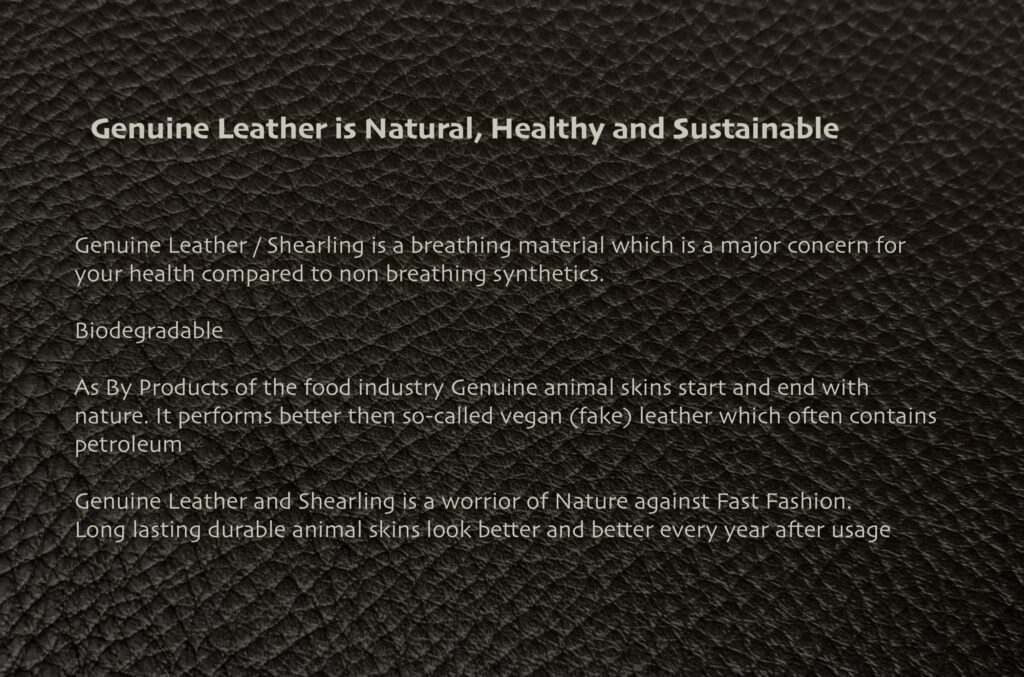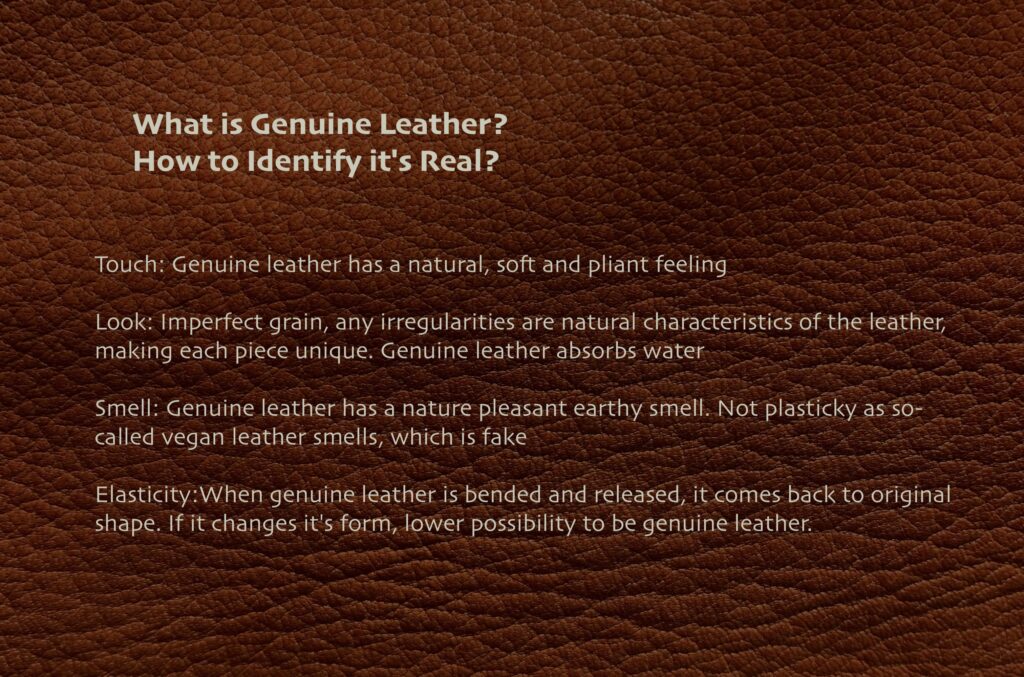WE CARE FOR NATURE
Derkimpa supports all studies for Sustainable Bio-Circular Leather in Izmir, Turkey
Sustainable Bio-Circular Leather
In a circular economy, what was previously considered trash is now a source that can be used and introduced into the production cycle. Sustainable Bio-Circular Leather starts and ends with nature, without damaging the future.
In addition to that, new sustainable leather solutions, comes as a result of continuous innovation. Findings are conducted at Research & Development centers and in close partnerships with prestigious universities, research institutes, tanneries and recycling organizations.
Unlike non-breathable synthetic materials promoted as vegan leather, genuine leather ensures the health of our skin. Genuine leather creates an unsuitable environment for the bacteria responsible for bad odors.
Leather in Fashion
Transformation in leather goods, the luxury gateway category, has been even slower. The race for vegan leather alternatives has resulted in interesting results. Top results are Hermès’s experimentation in mushroom leather and Hugo Boss attempt pineapple-leather shoes. These developments stand out in a vegan alternatives market that has a domination by PU-based products. These Fake/Faux leathers are often more harmful than genuine leather to the environment. Additionally, some bio-based leather alternatives introduce new solutions that appeal to the values of more conscious consumers. It is obvious that reaching the same quality as a genuine leather product is a tall order. Especially that is the case for luxury brands whose reputations depends on the product quality. For most brands that have succeeded on the strength of their signature leather goods, real leather is here to stay.
ARE ANIMALS KILLED FOR LEATHER?
NO, Animals are killed for their meat and that is from where its value comes. The waste is valued as genuine leather and shearling.
IS LEATHER A BY-PRODUCT?
YES. 99% of the leather produced worldwide is from livestock, made from cow, sheep and goat hides and skins, which is a by-product of the meat industry.
WHAT HAPPENS IF WE DO NOT USE LEATHER?
If we stop manufacturing and using leather it will not stop the production of meat and dairy for the food industry. Similarly, today we cannot use the hides and skins for another reason. In conclusion, if we do not turn them into leather products they would be discarded, resulting in a huge problem of greenhouse emissions, calculated as 6 million tons a year.

Aiming lowest carbon footprint possible, we are producing durable “Green Vests” using leftover leather pieces. This way we decrease leather leftover by %70.
What is sustainable leather?
Sustainable leather is a byproduct of farming and agriculture industries. It is sustainable because the animals are not raised for the purpose of using their leather for goods. With that being said, they are first and foremost farm animals.
Why is Sustainable Bio-Circular Leather important?
Animals have always played a big role in human lives helping us farm, clothing us, and providing us with sustenance. Today is the same. You only need to look around to see the many ways that livestock improves our life quality. Leather, as one of the many everyday products that we use, is durable, long lasting, and can be used through generations.
While it hasn’t always been the case, today’s technological and scientific innovations have made leather dramatically less impactful on the earth and people. Especially when it is compared to petroleum-based, fake and so-called vegan alternatives to leather. When leather is made sustainably, it definitely reduces waste, lessens emissions. Also it plays an important role in thriving economy.

What makes leather sustainable?
Leather comes from a natural and renewable raw material which is the hides and skins of animals. The difference between sustainable and unsustainable leather can be understood in the way the leather is processed.
To know if the leather is sustainable, consumer brands should consider the input of manufacturing (such as chemistry, water, and energy) against the outputs of manufacturing (such as air emissions, water pollution, carbon emissions, and solid waste production).
How leather is made?
The skin harvested from animals goes through tanning process. Tanning makes the leather flexible removes fat, and meat. Then, during crusting, the material gets thinned, dried, softened, and colored through the use of chemicals and machinery. The waste from these processes is full of carcinogenic chemicals – like chromium, a heavy metal used in tanning. Besides, this waste is often gets dumped into waterways in countries without strong environmental protection laws. Famous countries are India, China, and Bangladesh.

Fake Faux Vegan So-Called Leather
While vegan leather removes animal cruelty from the equation, it’s usually made with polyurethane, PVC, and other plastic and synthetic materials. This fake leather contains hormone-disrupting phthalates, and eventually create microplastics, and it ends up in oceans, natural environments, and our body.
Yet, the industry is changing, and innovations in leather are abound. Some of the materials being used might surprise you.
In the last few years, climate change goals, diversification strategies and consumer demand have all put pressure on brands. As a result, this helps to comply with new sustainability mandates.
Derkimpa declares that the company has signed the amfori BSCI Code of Conduct and related Terms of Implementation. The amfori BSCI Code of Conduct is a commitment for Derkimpa and our business partners to exercise human rights due diligence and environmental protection in their global supply chains in line with internationally recognized principles. This gives a direction to conduct responsible business, and to identify, prevent, mitigate, account for and remediate adverse human rights, as well as environmental, impacts in our supply chains.






